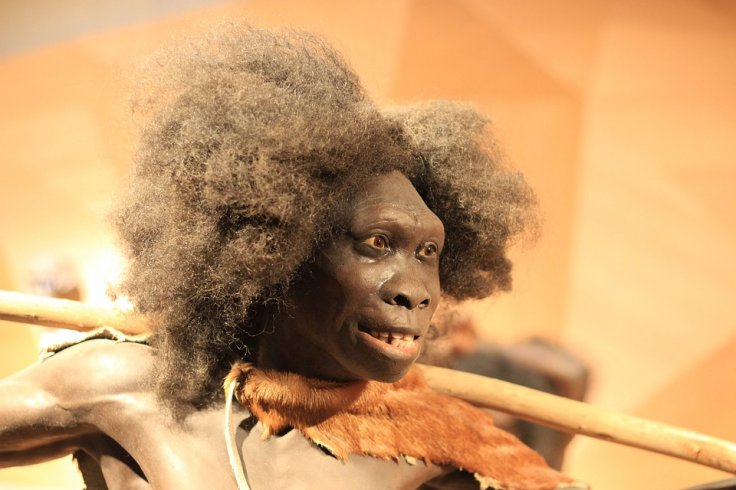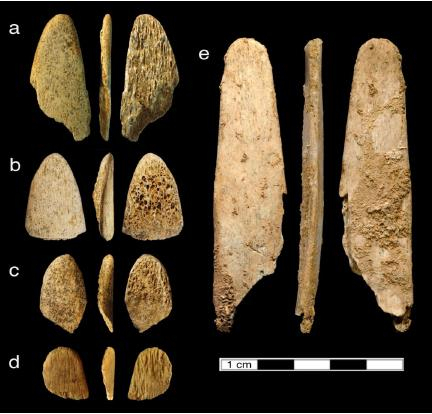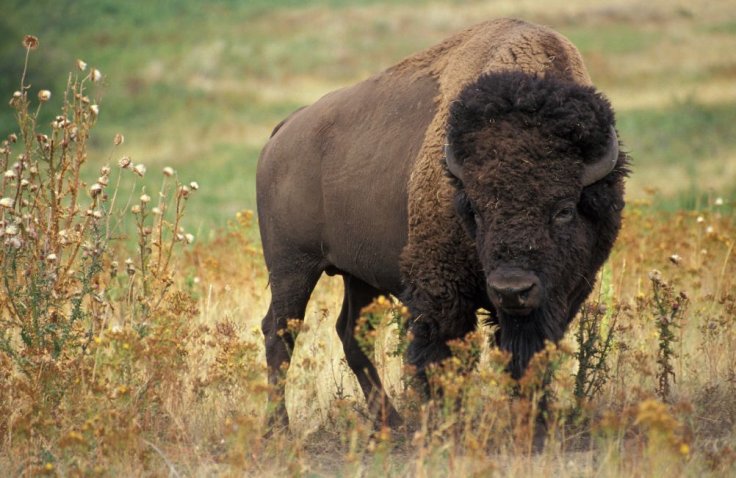The level of intelligence and sophistication of Neanderthals has been a subject of debate among anthropologists. However, new research suggests that these ancient relatives of modern humans who lived nearly 40,000 years ago were experts when it came to picking the right material to make specialised weapons.
A new study by researchers from UC Davis has found that Neanderthals had a knack when it came to picking bones from particular animals to craft tools for specific purposes. In this case, a tool known as lissoir for working hides into leather.
"I think this shows that Neanderthals really knew what they were doing," said Naomi Martisius, lead author of the study, in a statement.

Tools to turn hide into leather
A lissoir is a section of an animal's rib with a flattened tip that was used to rub the hides of animals to turn them into leather. The five lissoirs used by the archaic humans from the Middle Paleolithic era that were analyzed came from two sites — Pech I and Abri Peyrony — in southwestern France
"They were deliberately picking up these larger ribs when they happened to come across these animals while hunting and they may have even kept these rib tools for a long time, like we would with a favorite wrench or screwdriver," explained Martisius.
The structure of a rib provides the necessary durability required for the task. Often, it is difficult to identify the animal from which the bone to design the tool as derived from. This is where a method known as ZooMS, or Zooarchaeology by Mass Spectrometry comes into play.

How does ZooMS work?
Mass spectrometry is an analytical technique used to identify unknown compounds contained in a sample, quantify known materials and to ascertain the chemical characteristics and structure of different molecules.
In the ZooMS technique that employs a form of mass spectrometry, samples are broken up into fragments. Using these pieces, their mass to charge ratio is identified and are used to reconstruct the original molecules. It usually involves acquiring a sample from a bone through drilling.
However, Martisius' team was able to procure sufficient samples for the study from the plastic containers in which the bones were stored, thereby, eliminating the need to drill into them.
Bovine ribs preferred to deer
Through ZooMS the researchers ascertained that bones used to make the lissoirs were that of bovine animals such as bison and an extinct wild relative of modern-day cattle known as aurochs.

This was in stark contrast with the other animal samples belonging to the same deposits that suggested that reindeer were more commonly hunted food. Therefore, this evidence indicates that Neanderthals chose to use bones, in this case, ribs, of specific kinds of animals to craft the leather-making tools.
A reason for this preference could be that bovine ribs are larger and more durable than those of reindeer, thereby making them ideally suited for the rigorous task of working hides with reduced chances of breaking and wearing out. "Neanderthals knew that for a specific task, they needed a very particular tool. They found what worked best and sought it out when it was available," said Martisius.









